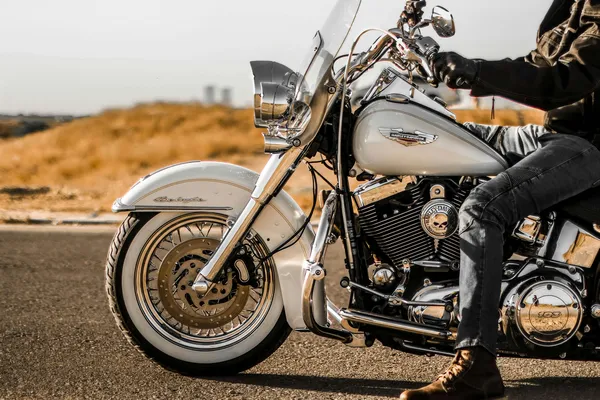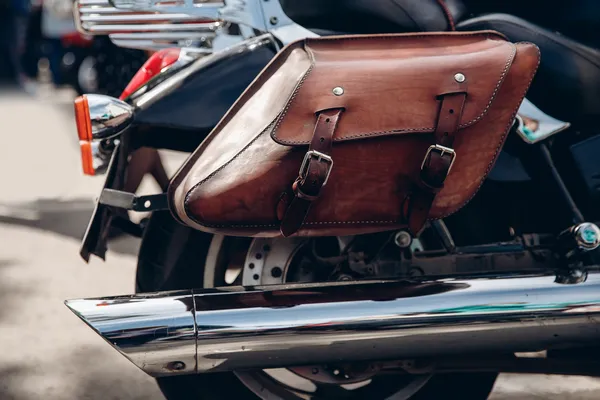
Thank You For Joining Us in Kalamazoo!



Riding a motorcycle isn’t just about getting from point A to point B—it’s about the thrill of the open road and the freedom of two wheels. Whether you’re a weekend warrior or a daily commuter, the right accessories can make your rides safer, more comfortable, and even more enjoyable. Here are ten must-have accessories for every rider.
A helmet is the most important piece of gear you can own. While all helmets provide protection, some go the extra mile with:
Investing in a well-fitted, comfortable helmet can make a world of difference on long rides.
A good pair of gloves isn’t just about warmth—they protect your hands from wind, rain, and road debris. Look for gloves that offer:
Whether you prefer lightweight gloves for summer or insulated ones for winter, having a solid pair makes every ride more enjoyable.
If you don’t have a garage, a motorcycle cover is a lifesaver. It helps protect your bike from:
Covers are lightweight and easy to pack, making them a great travel companion.

Motorcycles aren’t known for their storage space, but adding a tank bag or saddlebags makes life a lot easier. They help you carry:
Whether you choose a small tank bag or full saddlebags, having extra storage makes every trip more convenient.
Long rides can take a toll on your backside. If your stock seat isn’t cutting it, consider upgrading to:
A comfortable seat can make the difference between a great ride and one that leaves you sore for days.
The right accessories can make your motorcycle adventures safer, more comfortable, and a lot more fun. Whether you’re gearing up for a cross-country trip or just riding around town, investing in these essentials will enhance your overall experience.
What’s your must-have motorcycle accessory? Let us know in the comments!

Thank You for Joining Us at the 2025 Flint Motorcycle Swap Meet!
We appreciate everyone who came out to make this event a success! From our amazing vendors to the passionate motorcycle enthusiasts who filled the venue, your support keeps the swap meet tradition alive.
A huge shoutout to our sponsors, partners, and the J&C Motorcycle team for making this event possible. We can’t wait to see you all again next year!
Stay tuned for upcoming swap meet dates and more exciting events at hugeswapmeet.com.